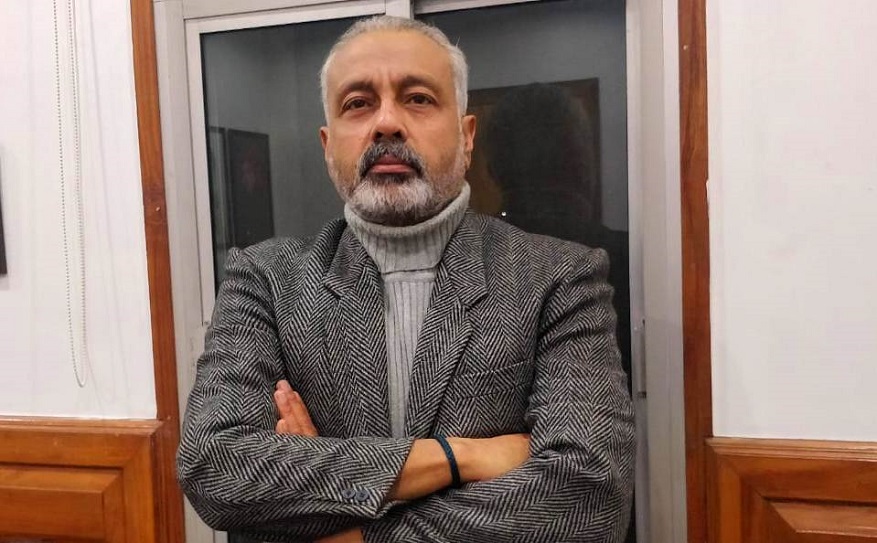Child Marriage – A Threat To Progress

COVID-19 has exacerbated existing systemic gender inequalities, with estimates indicating that up to 10 million more girls may become child brides globally as a result of the pandemic. In India, the prevalence of child marriage varies greatly from state to state (There are eight states currently with higher than the national average). Girls from lower-income families, living in rural areas, and with little or no education are more likely to marry as children. In a recent conversation with the well-known entrepreneur and educationist, Anoop Bishnoi , he expressed his concern about this and said, “To eradicate child marriage, a multifaceted, and collaborative action is required. Parents, community members, teachers, local authorities, and youth, both boys and girls, must all be consulted and involved in the effort to end child marriage so that, in the near future, all young people can choose whether, when, and with whom to marry. The greater a girl's education, the less likely she





